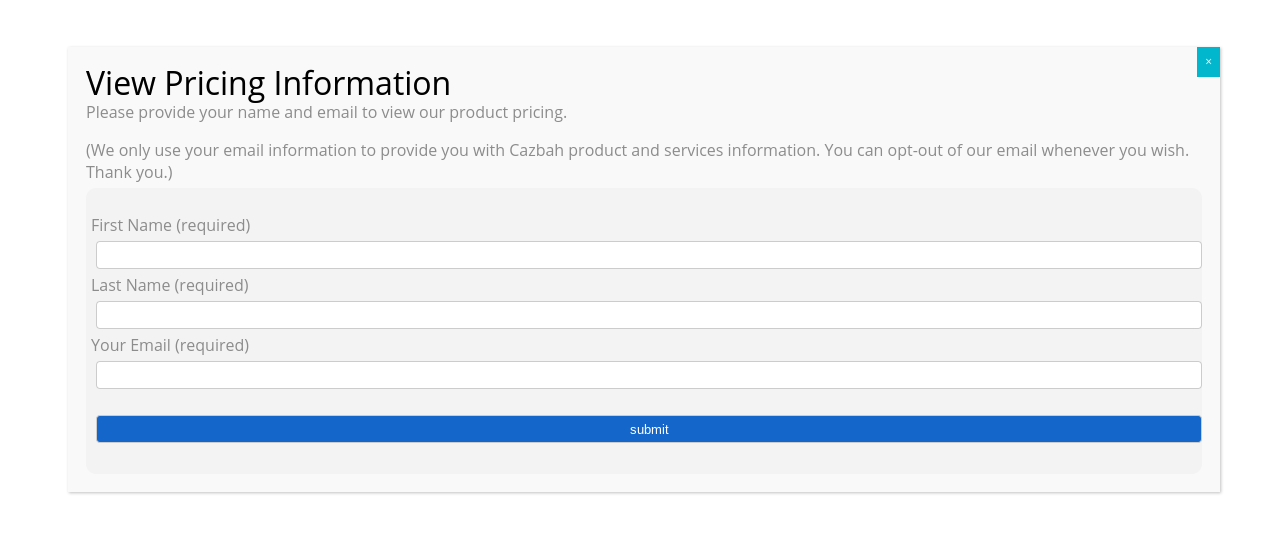
If you’ve been keeping up to date with current events, you’ve most likely heard that Facebook has been in some hot water with their usage of user data. We are in an age where internet user information is a commodity and there’s really no such thing as “online privacy” anymore. Now more than ever, it’s essential for businesses to have proper data collection strategies in place.
But where does this leave businesses trying to outline and create buyer personas and their target audience. Those valuable marketing documents can only be created through the collection of online user data.
The difference is how you obtain that user data and what you choose to do with it.
Practice these ethical, white hat data collection strategies to get the most out of your customer research campaigns:
How to Get Customer Data
There are a few main ways you can collect customer data to help you create your buyer personas and identify your audience. They are:
1. Conduct a survey
2. Ask your customer to enter their information on a website form
3. Track what they do on your website
Surveys
Conducting a survey is a great first step whether you’re launching a new product or you have a steady line of customers already. There are several online resources where you can create a survey like Survey Monkey, Type Form, and Google Forms. And the best part is all these services are free!
Conducting a survey lets you tailor questions to your audience, and using an online format will give your survey a more professional feel. Once you receive your survey responses, you can analyze them for patterns and outliers. Once you start recognizing patterns within certain demographics, you can start to create specific buyer personas, both positive and negative, for your business.
Creating and using a survey is perhaps the most well-received method to obtain client data because of the visibility offered on the asking businesses part. Many customers may not know that their data is being tracked otherwise. Creating a survey also communicates to the customer that you care about their business and their opinions.
Information Request
Many businesses ask for their site visitors’ information if they request more details on a particular service or promotion. It’s also a good idea to have an easily-accessible section on your website where visitors can subscribe to your business newsletter or blog. Although you may only get their name and email address, you can then store that information and add it to a contact database and move forward on creating a valuable lead.
The important part to remember here is, tell the visitor why you need their information and what you plan to do with it. People aren’t going to give out their personal information if they have no guarantee that they will hear back from you or that you won’t sell their data to the highest bidder. Respect your users’ information because they’re placing their trust in your businesses when they give it to you.
Website User Tracking
This may be the easiest data collection strategy for a small business to gain insight into their users, because you don’t need to do much of anything. Once you set up your metrics in Google Analytics, your data will record automatically and you’ll be able to see your most popular pages, methods of searches, bounce rate etc.

Going back to Google Analytics and reviewing your website performance results will help you see what areas your potential customers are interested in. A thorough analysis of your metrics will hopefully provide you some insight into what sections you should promote and where you should put the most resources. In Google Analytics, you’ll also be able to track mobile vs desktop searches. Since mobile search is becoming the norm, it’s important to track those metrics as well so you can see the location and navigation patterns to include them in your analysis.
Types of Data
Now that we know some methods for data collection, let’s discuss the differences in data types:
1. Explicit
2. Implicit
3. 3rd Party
4. Personally Identifiable Information (PII)
Explicit data is the data you would receive from the surveys or information requests discussed above. There is an open request and supply of information from the website user to the business. This method gains a business information on an individual level which can be beneficial in specific target marketing campaigns or product launches. Most of the information may be basic and surface level, but valid and true at the same time.
Implicit data is the data you would receive from website user tracking through analytics platforms. The user does not openly give this information, but it is not personal or identifying either. Implicit data is based on numbers, statistics, and percentages and it more concern with website performance and use.
Third party data can either be explicit or implicit, but the main point is you’re going somewhere else to collect data on your users. The most popular method of this would be public social media accounts or maybe even forums. Information that is posted publicly on social media is considered free to use by a legal standpoint.
Lastly, personal Identifiable information is where you need to tread carefully. This type of data directly identifies a user, it could be their name, education history, address etc. This type of information can be extremely useful to businesses who specialize in specific niche markets. PII data is sensitive and should be obtained and stored carefully.
Storing and Using Customer Data
If you’re going to collect large amounts of user data, you need a secure place to store it. There are several Customer Resource Management (CRM) platforms to choose from, but here’s a few of 2018’s top ones:
1. Hubspot CRM
2. Zoho CRM
3. Insightly CRM
4. Salesforce CRM
Using a CRM let’s you track and analyze your data all in one location. While each platform may differ in exact capabilities, most CRM platforms will help a business track customer accounts, leads, sales, and general information.
If you plan to gather more specific, sensitive user information like email addresses, names, locations and so forth, you need to first, ask permission and second, let your users know the purpose and intent behind collecting their data. Those are the basic ground rules for any research campaign. Afterward, circle back to your customers and allow them to see the results of their data and what it was used to create. Send them a link or simply notify them and thank them again. This openness establishes trust and reinforces a positive image in your customers’ minds.
In Conclusion
Data collection is necessary for online marketing and can be beneficial for the business and customer, but it must be done the right way. Make sure to practice ethical data collection strategies to ensure you protect your clients, and your business, from any negative consequences.


